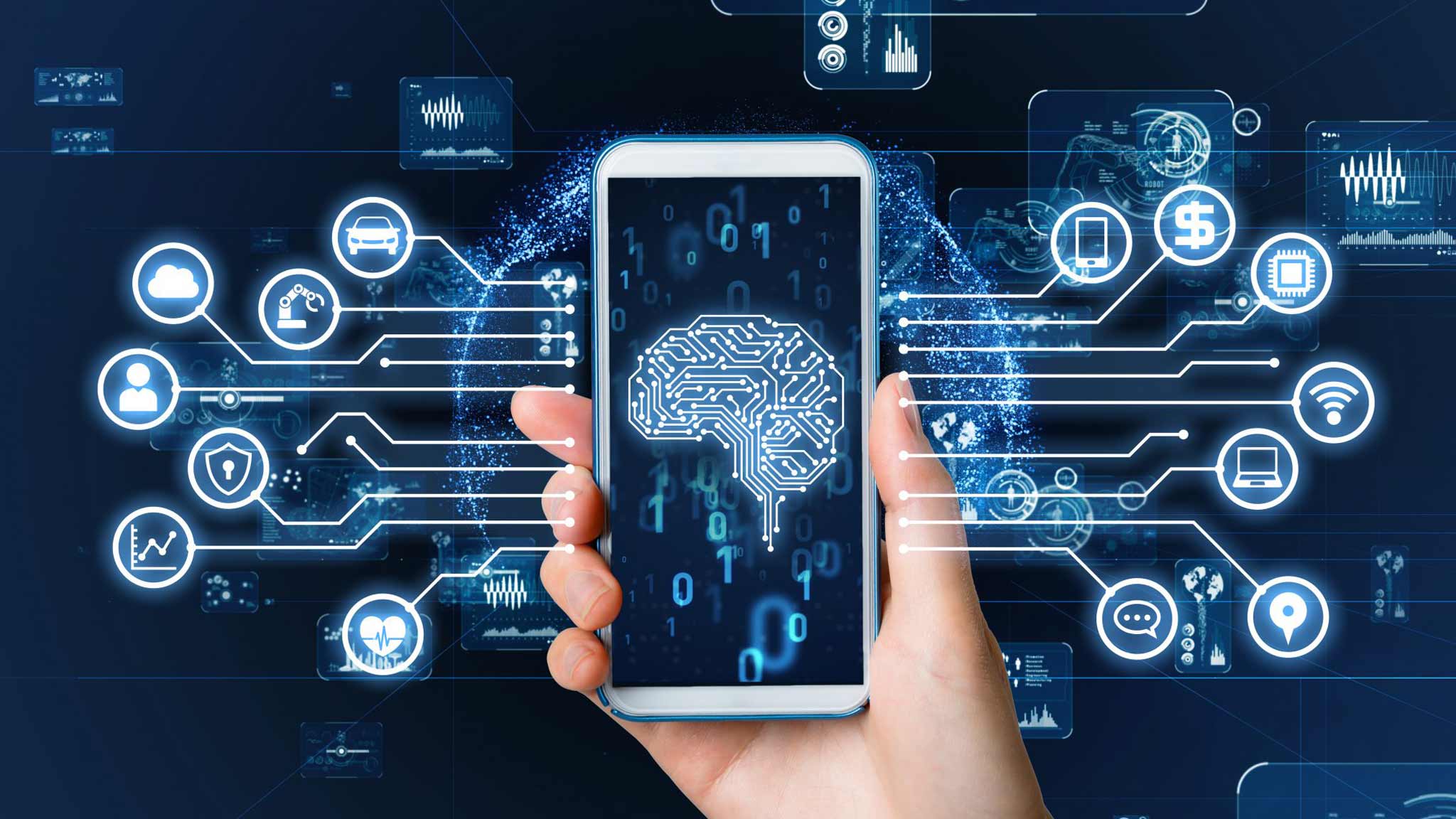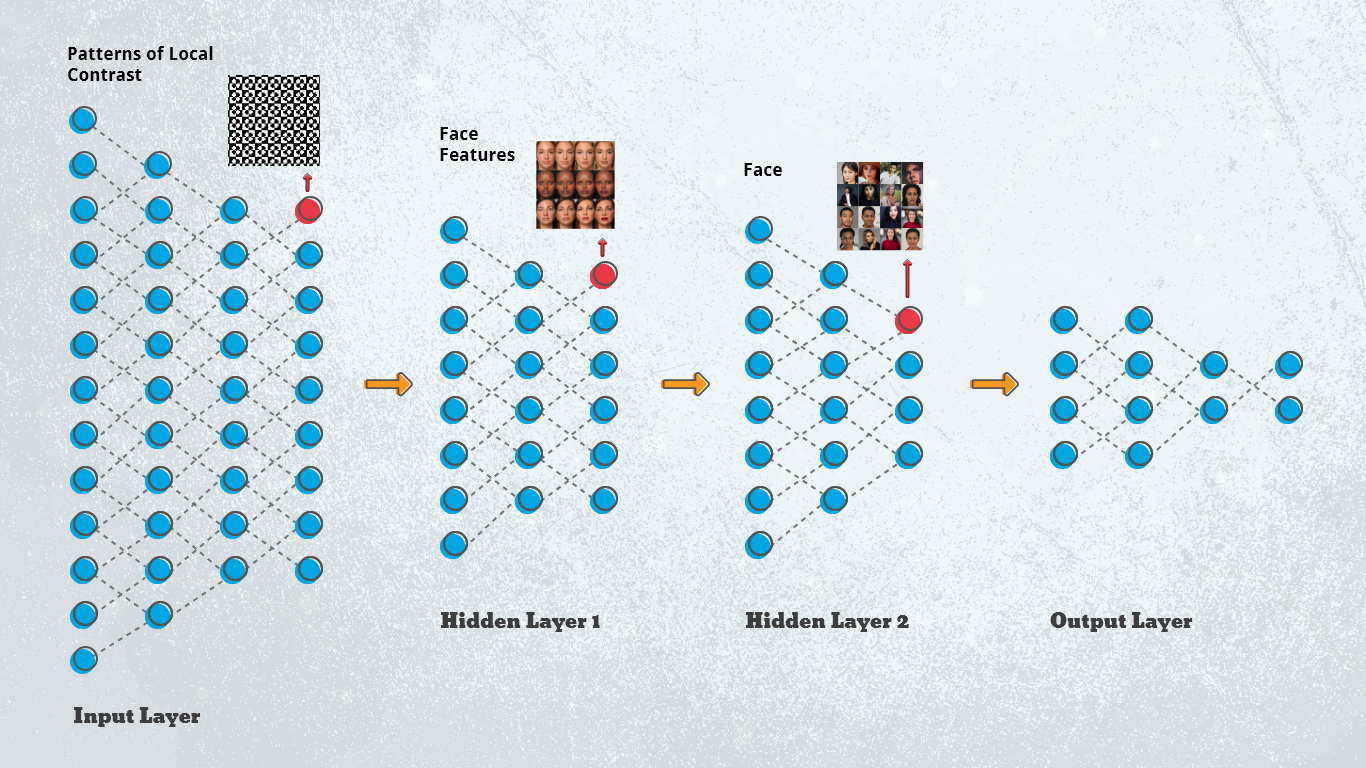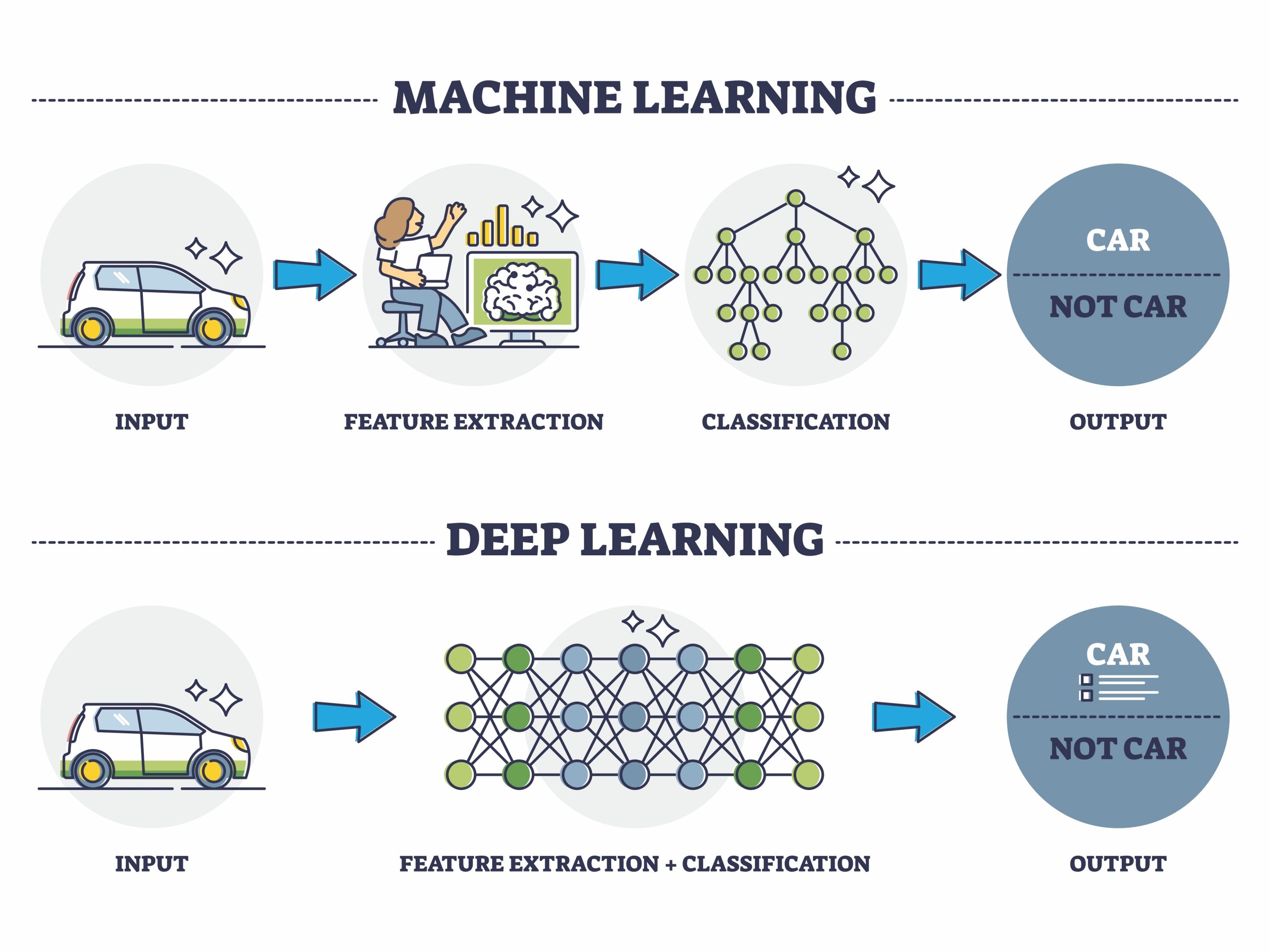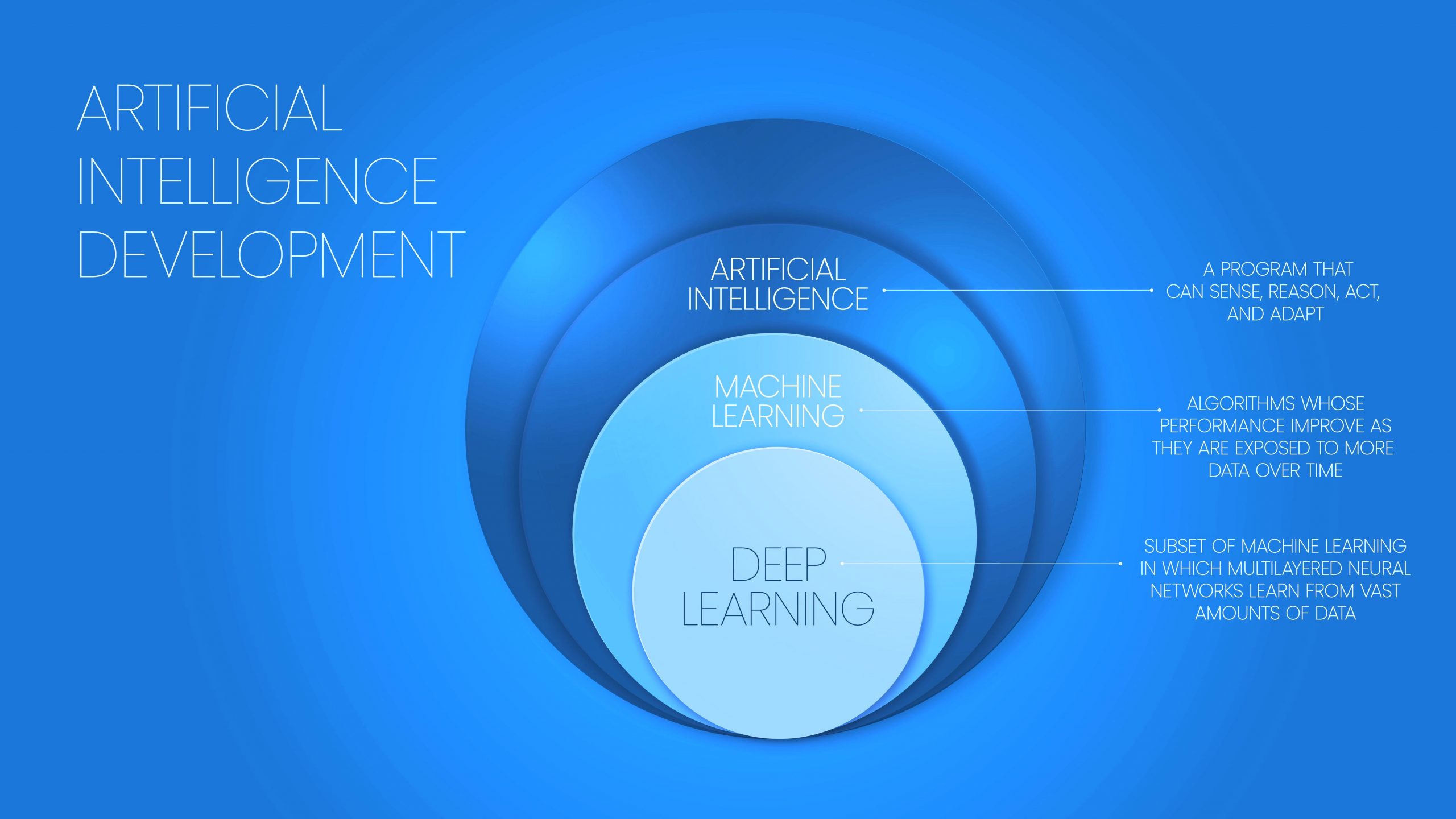
Consider Adding Deep Learning to Your Next Software Project
As AI becomes more prevalent and useful, the terms ‘deep learning’ and ‘machine learning’ are cropping up more and more, both in search and in casual conversation. Companies are finding new ways to leverage Artificial Intelligence to cut costs, increase efficiency and even write better software.

But what is deep learning vs. machine learning? How are the two terms related? Are they interchangeable, and which one should you invest in on your product roadmap?
Deep Learning vs. Machine Learning
The terms ‘deep learning’ and ‘machine learning’ are sometimes used interchangeably to refer to any process that involves training a neural network to recognize patterns by parsing data, learning from that data, and then applying the learnings to new data sets.
However, there is a crucial difference between deep and machine learning. Machine learning requires a domain expert to provide classifications and simple categorizations before the AI can begin to make distinctions.
Deep learning is a sub-classification of machine learning. It requires no domain expertise. The deep learning algorithms are able to extrapolate features from data sets incrementally, first identifying high-level features, then gradually building on those features to understand the next layer of classification. Therefore, deep learning is sometimes preferred over machine learning.

Why is Deep Learning Preferred over Machine Learning?
Another reason that deep learning is preferred to machine learning is that it is capable of solving a problem end-to-end, rather than needing problem statements to be broken down into discrete sections to solve first, and then combining those solutions into a cohesive whole at the end of the process.
Pros and Cons of Deep Learning for Software Development Products
The main advantages of deep learning systems are that they can function independently, without input from a domain expert, and that they can be used to solve complex problems end to end, without the need for additional algorithms to first break problems down into smaller chunks. Although the units are costly to train, once trained they significantly reduce costs by reducing the risk of inaccurate prediction and product defects.

The primary disadvantages of deep learning algorithms is that they take a long time to train (a couple of weeks vs a couple of hours for machine learning algorithms), and that they are very GPU intensive. A deep learning workstation must leverage multiple graphical processing units to support the compute-intensive deep-learning workloads.
Technologies Involved in Deep Learning
The primary algorithms that power deep learning are Convolutional Neural Networks (CNNs), Long Short Term Memory Networks (LSTMs), Recurrent Neural Networks (RNNs), Self Organizing Maps (SOMs), Deep Belief Networks (DBNs), and Autoencoders.
These technologies are used for things like image processing, object detection, time-series prediction, image captioning, natural language processing, generating fake data with which to auto-train the AI, and pharmaceutical discovery and popularity prediction.
Growth Trends
The latest deep learning approaches have greatly increased the accuracy of deep learning models, and new classes of neural networks are constantly being developed for new applications.
The Deep Learning Market is expected to grow 42% from 2020 to 2025. Factors like enhanced support in product development, process optimization, and sales optimization are driving enterprises across multiple industries to invest in deep learning.



































